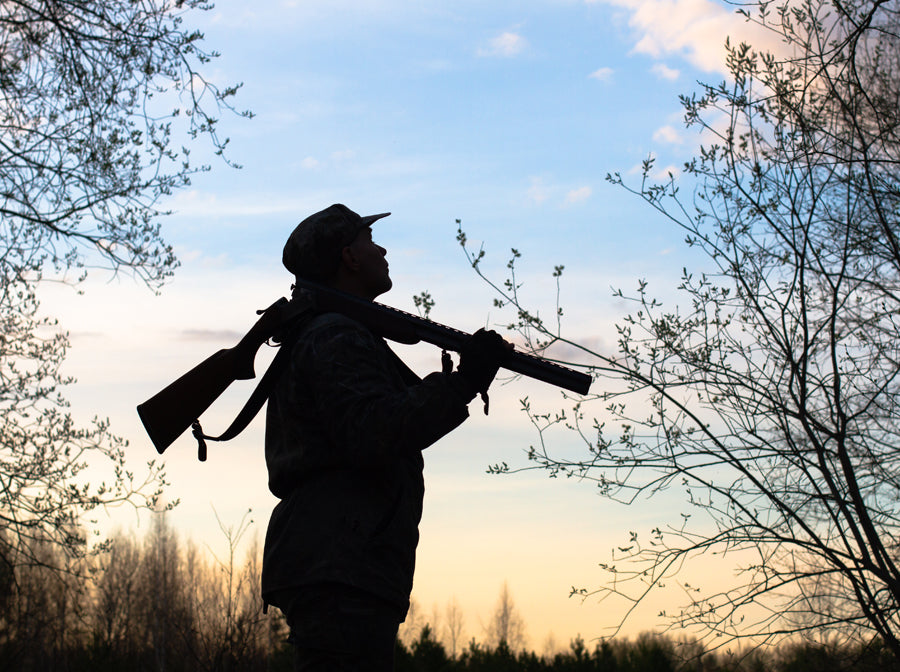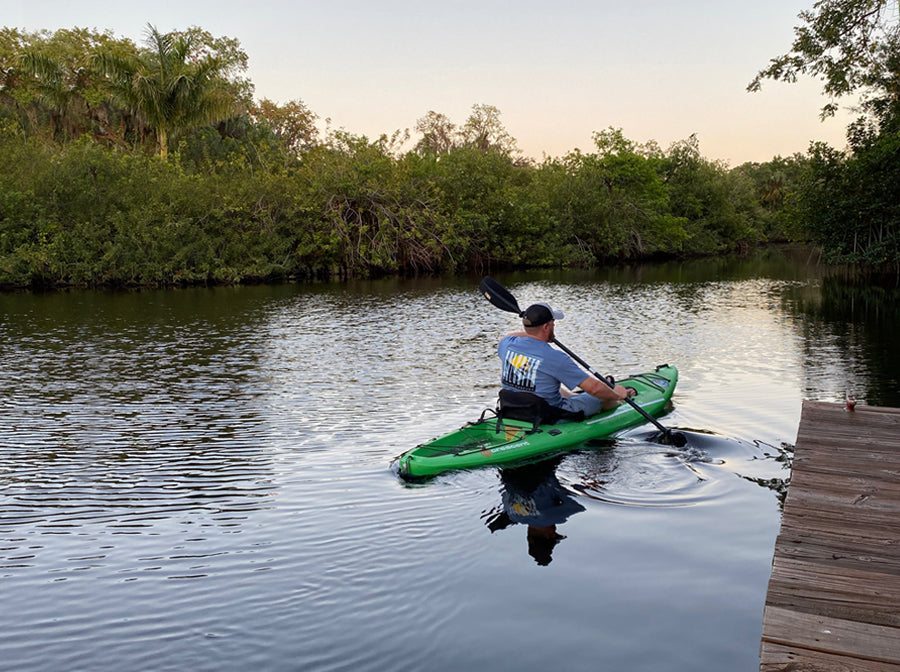Experienced hunters and shooting enthusiasts honor the basic rules of gun safety and require the same from everyone around them. Every parent, teacher and adult should also familiarize themselves with the commonsense rules of safe gun handling—even if they have no interest in owning a firearm or ever getting behind a trigger. Armed with the knowledge any person can identify and avoid improper, potentially dangerous, gun handling.
The three basic rules of gun safety are short, easy to remember and common sense. Even if firearm ownership isn’t part of your lifestyle or your favorite pursuit, you may someday come to the aid of someone carrying one. The flare gun on boats for emergency signaling commands respect, and the same is true of BB and pellet guns—where instilling these gun handling basics often begins in youth.

All adults and youth should know the rules of safe gun handling.
1. Always keep the gun pointed in a safe direction until ready to shoot.
This is the first and foremost rule of gun safety. Doing this alone ensures the safety of the people around you. Maintaining that safe orientation during handling is a challenge, at first, but with practice it becomes second nature. Never hurry, know where loved ones are at all times—upstairs, downstairs, in a room down the hallway—and modify which way the barrel is pointing accordingly.
2. Keep your finger off the trigger until ready to shoot.
Always keep your trigger finger straight, resting on the side of the gun, completely out of the trigger guard and off the trigger until you are ready to shoot. It sounds simple, but most people subconsciously revert to the squirt gun days of their youth, when getting on that trigger immediately meant drenching friends before they could escape. Avoid that temptation by forcing that index finger to remain straight, along the side of the gun, consciously off the trigger. This discipline also becomes an automatic reflex with experience.

Practice makes perfect: Keep your finger off the trigger until you’re ready to shoot.
3. Keep guns unloaded until ready to use.
Never leave a gun loaded when not in use. Unload when storing, transporting and after each hunting day. At the range, empty immediately after the session, even if there are other firearms to shoot. Loaded and in the safe, closet or trunk is inviting an accident if a person who doesn’t understand the above rule retrieves it. The practice is also a smart one when it comes to maintenance. Cartridges or shotshells left for extended periods in a chamber can accelerate corrosion. Springs can fatigue if the magazine remains topped up. Open the action and check the chamber is empty if you haven’t done so already. Anyone unfamiliar or uncomfortable with that process should leave the firearm alone and ask someone with knowledge on its operation for help.
4. Often cited fourth rule.
There are really three basic rules of gun safety, but you will often hear a fourth one. “Treat every gun as if it was loaded” is solid advice, as well.
OTHER CONSIDERATIONS
Never Mix Alcohol and Firearms
If the firearm has a manual safety, engage it, even when the gun is not loaded. The most important safety, however, is between your ears. Alcohol, drugs and guns, for example, never mix. You don’t need impaired judgement or slowed thought processes when handling firearms, even during the seemingly simple cleaning process. It’s okay to celebrate a successful hunt or day at the range with an adult beverage, but not before guns are cleared, stowed and ammunition stored separately.
Unload Before Climbing
Hunters face some additional challenges, particularly terrain. Unload when climbing any incline steep enough to present even a remote chance of taking a tumble. When crossing a fence unload the gun first. If you’re hunting with a companion in that situation, one person crosses first and the unloaded guns are handed to them. Once both parties reach the other side it’s time to reload. Similarly, never climb into or out of a stand with a loaded firearm.

Never climb into, or out of, a treestand with a loaded firearm.
Shooting Range Rules
Experienced clay shooters know the loading and unloading routine well. Only when they are on the firing line can they load their shotguns. After each station, or stand, they must unload any remaining shotshells (at the firing line, not as they walk back). The firearm’s action is then left open, a visual confirmation to range safety officers and fellow shooters that there is no chambered shotshell.
The requirements are similar at rifle and pistol ranges. No loaded guns except on the firing line and in nearly every facility the rules require guns to be unloaded, action open and usually in a case even if you’re only moving more than a bench over.
Handling Firearms from Friends
It’s a solid approach that has maintained shooting’s safety record for decades. When you’re away from rules strictly enforced by range safety officers, however, there are times another enthusiast will offer you a chance to handle or inspect one of their firearms.
Firearm ownership is friendly fraternity, after all, but you can never assume a gun is unloaded, even when someone claims it is. Immediately check that the chamber and magazine are empty upon taking possession of any firearm. Keep your finger off the trigger while doing so and ensure it remains pointed in a safe direction during the process. If it has a manual safety, ensure it is engaged.
The basic rules of gun safety apply to new owners, novice hunters, expert gunsmiths, military armorers and, indeed, everyone. The healthy habits they instill have made firearm sports some of the safest in the world today—and it’s sound advice for anyone, even those with no interest in getting behind a trigger.
More Resources
Basics of 5-Stand Clay Shooting
Beginner’s Guide to Dove Hunting
2022 Guide to Dove Hunting Essentials



